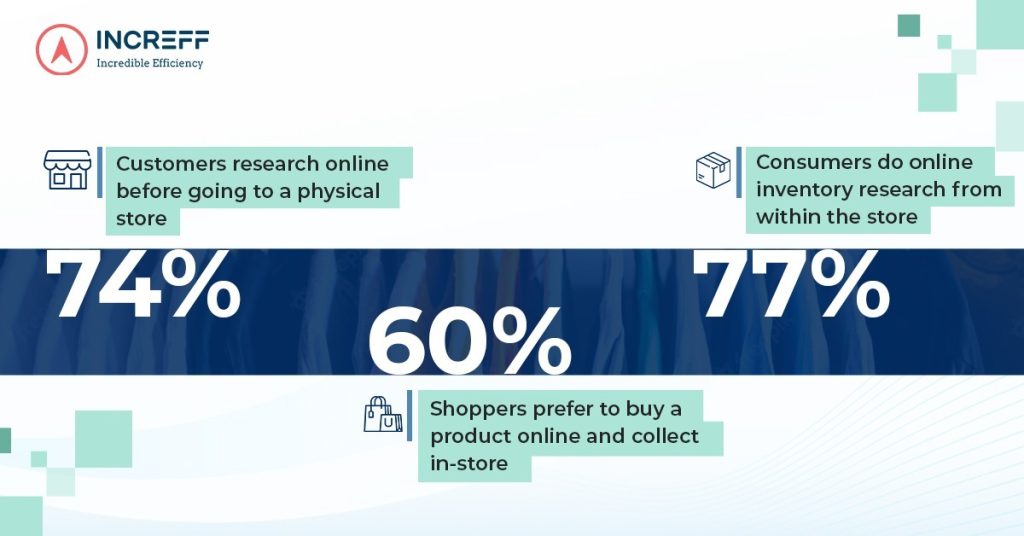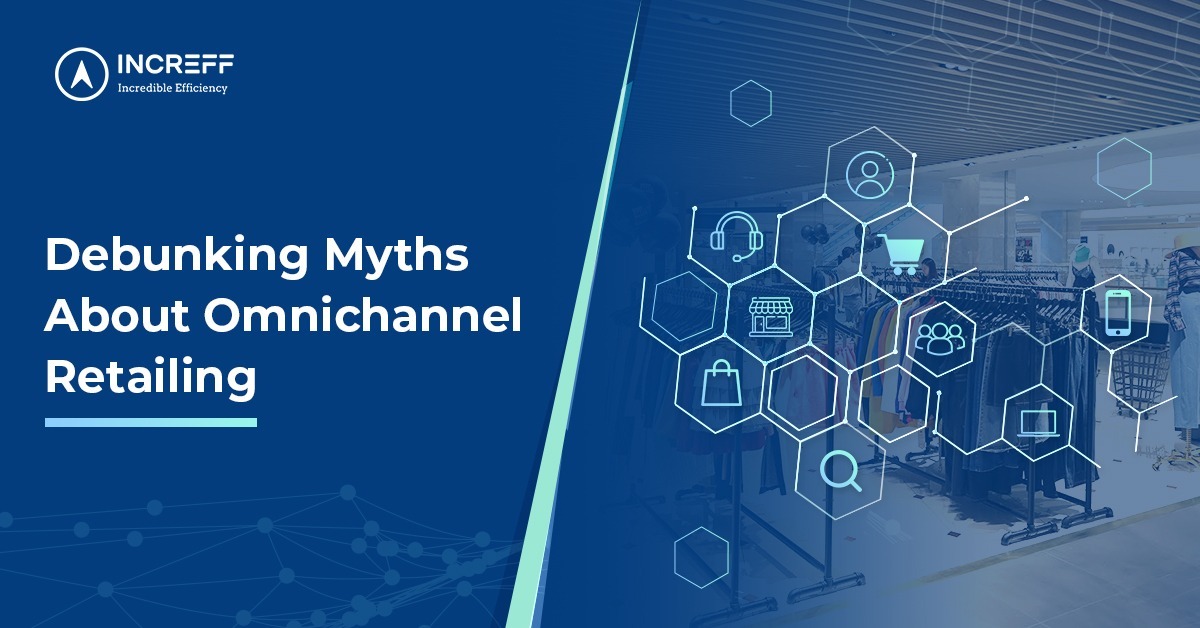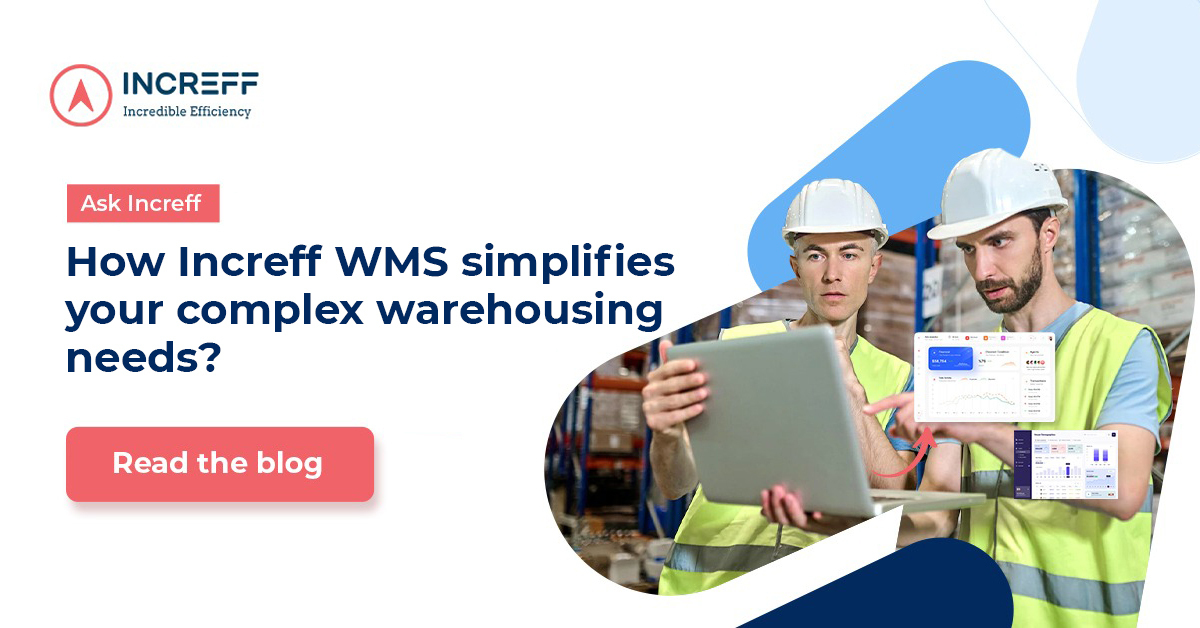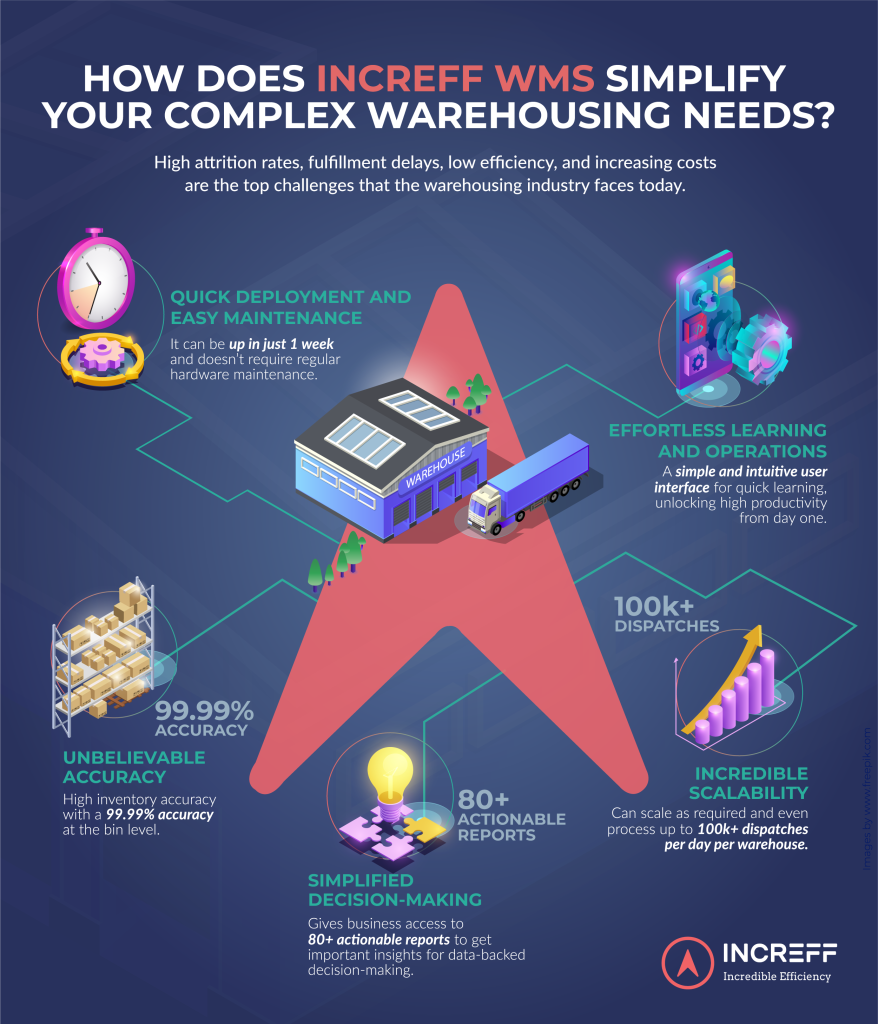Incepted in the early 2000s, omnichannel retailing is no longer a fantasy. Several brands have created an environment where offline, online, and m-commerce work together to create the most seamless shopping experience for their customers.
An omnichannel approach to retailing is a win-win situation for both brands and consumers. About 89% of consumers expressed that brands should work harder to create a more cohesive customer experience.
Brands who have implemented it successfully are reporting a hike of 9.5% in annual revenue with omnichannel benefits like fulfillment from store etc.

Despite the effectiveness of this method, many retailers and brands are hesitant to adopt omnichannel retailing because of the misconceptions surrounding it.
Let’s take a look at the biggest myths clouding people’s perceptions:
#Myth 1: Omnichannel and multichannel are the same thing
Although they might sound the same, the difference between these two approaches is night and day.
While a multichannel approach necessitates a team and a system working in silos, customer experience is not included. The omnichannel approach, on the other hand, integrates all communication contact points to create a seamless experience.
It is the more engaging, personalized experience that centralized customer data adds to omnichannel retailing that makes all the difference. With this approach, brands get to offer both better customer service and faster issue resolution.
The bottom line is, consumers expect the best customer support even when juggling between sales channels. In omnichannel retailing the communication between them works in silos, equipping the customer support to provide them with the best service.
#Myth 2: Managing Omnichannel is tedious
The benefit of implementing omnichannel retailing is that it is not necessary to execute all features of omnichannel retailing all at once.
You can begin by analyzing what is working for you and gradually adding new channels. It’s not required to change the infrastructure of your physical store or invest in some hefty technology to start with omnichannel retailing. Since it is completely based on retail technology, you can integrate procedures as you need. As a result, there is no need to restructure your entire process to go to omnichannel retailing.
#Myth 3: Omnichannel platforms don’t work
As already established, companies that do not utilize omnichannel platforms are losing out on its benefits. With an omnichannel approach, customers get to curate their own experience – whether offline or offline.

Customers can browse online and walk into physical stores, or they can order the same product online after trying it on in the store – the possibilities are endless. This unified experience ensures that sales are not lost while navigating various platforms.
Furthermore, many omnichannel adopters find that making the switch has helped them improve store inventory accuracy to the point where they have been able to launch additional initiatives that rely on it, such as reserve online and collect in-store.
Myth 4: Omnichannel retailing is an expensive affair
Any business must invest in the appropriate tools and technology to grow. While retail technology may appear to be an investment at first, the return on investment is justified.
Omnichannel retailing has been shown to increase order frequency, store traffic, customer retention, and brand identification. In fact, it is reported that the opportunity cost of not being omnichannel is 10% in terms of lost revenue.
As a result, even though the transition to omnichannel retailing requires an initial investment, it increases sales multifold, making it a sound business investment.
Concluding: What Does the Future Look Like With Omnichannel Retailing
The day when omnichannel retailing becomes a standard retail practice is not very far. Businesses that transition to omnichannel practices early will greatly benefit from the new opportunities created by it. Only 11% of businesses have claimed to successfully implement omnichannel retailing, and others who join the rank will surely reap the benefits.
The core idea of omnichannel expansion is simple; it enables the brand and retailers to become visible across all sales channels their customers are using. Being omnipresent everywhere the shopper goes gives them a competitive advantage.
In a digital-first world, going the extra mile to keep up with customer demands and trends will help you in keeping ahead of the competition. With the truths behind the myths revealed brands and retailers should use omnichannel retailing to make their business future-ready.
If you want to enquire more about what retail tech solutions can help you adopt omnichannel retailing, contact us today!





